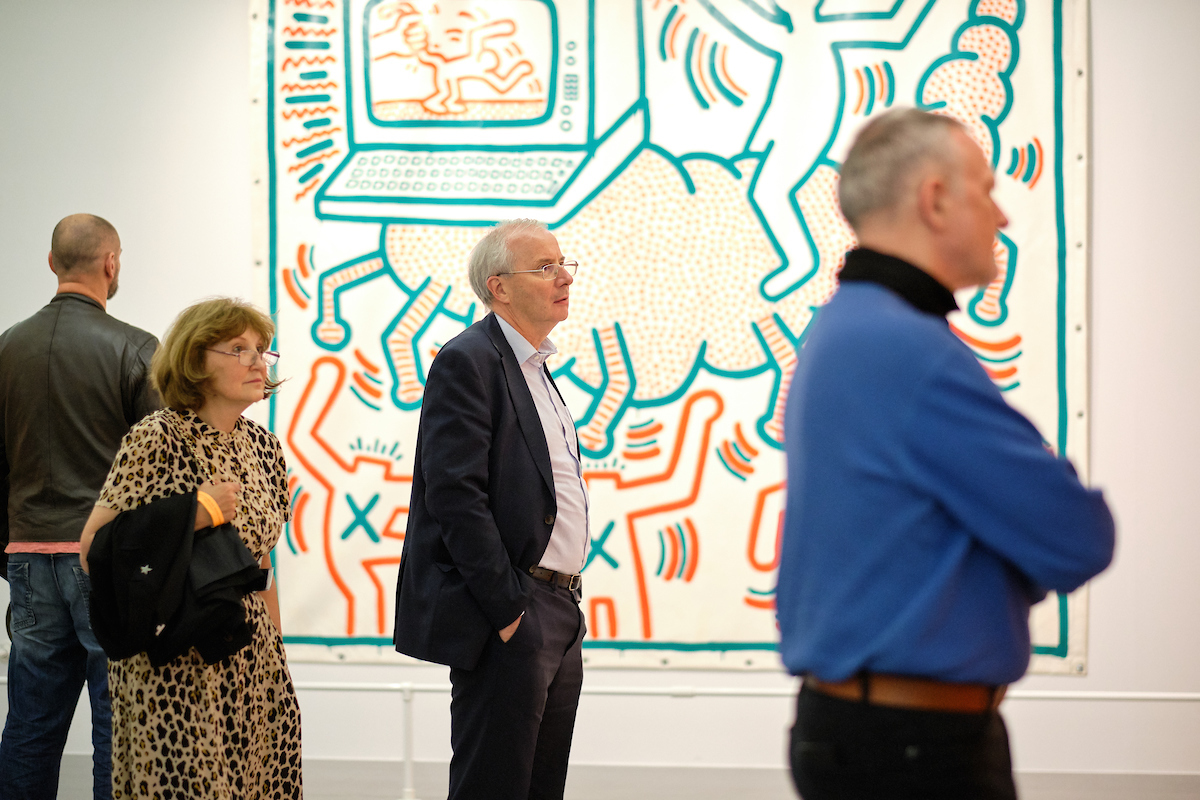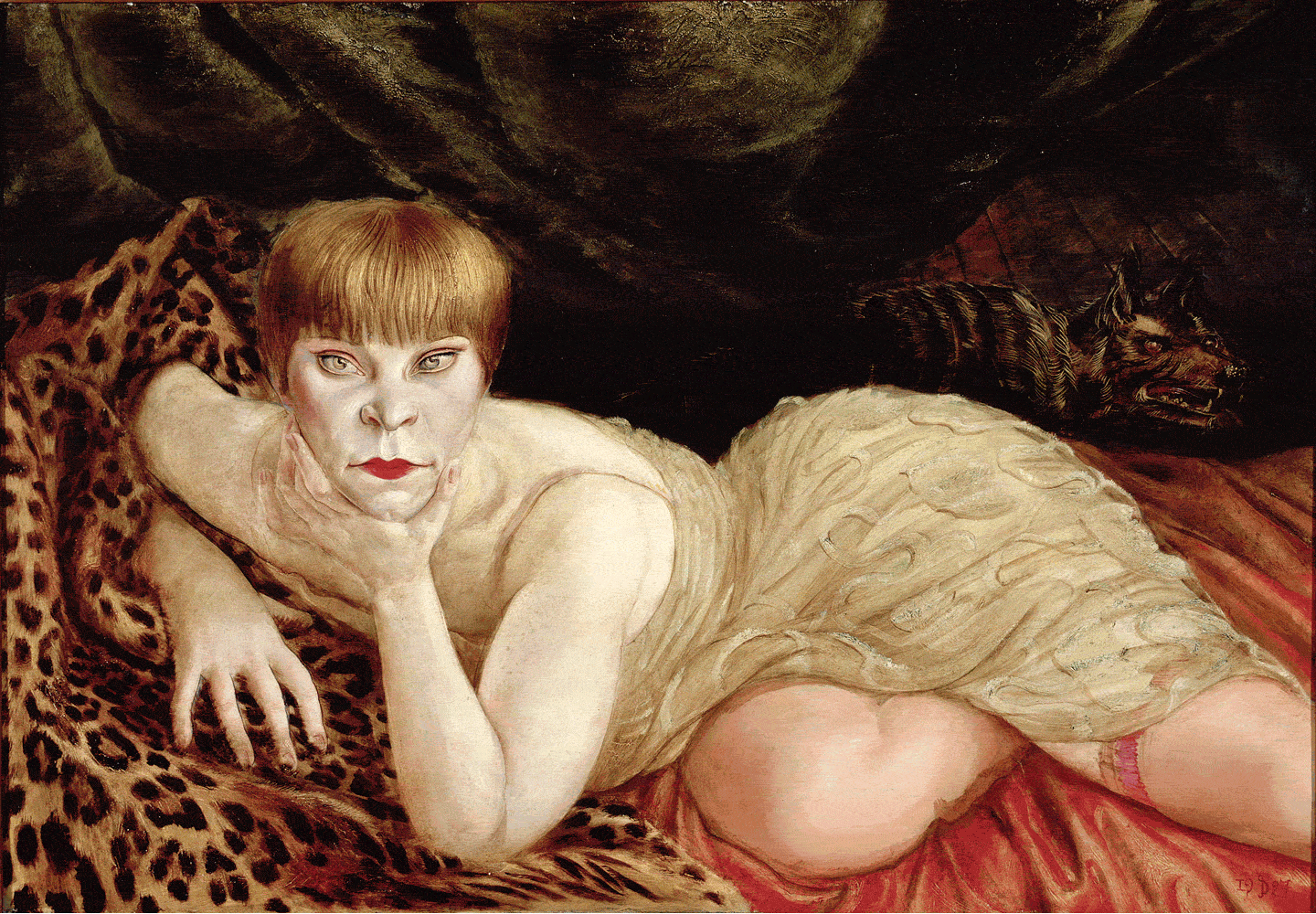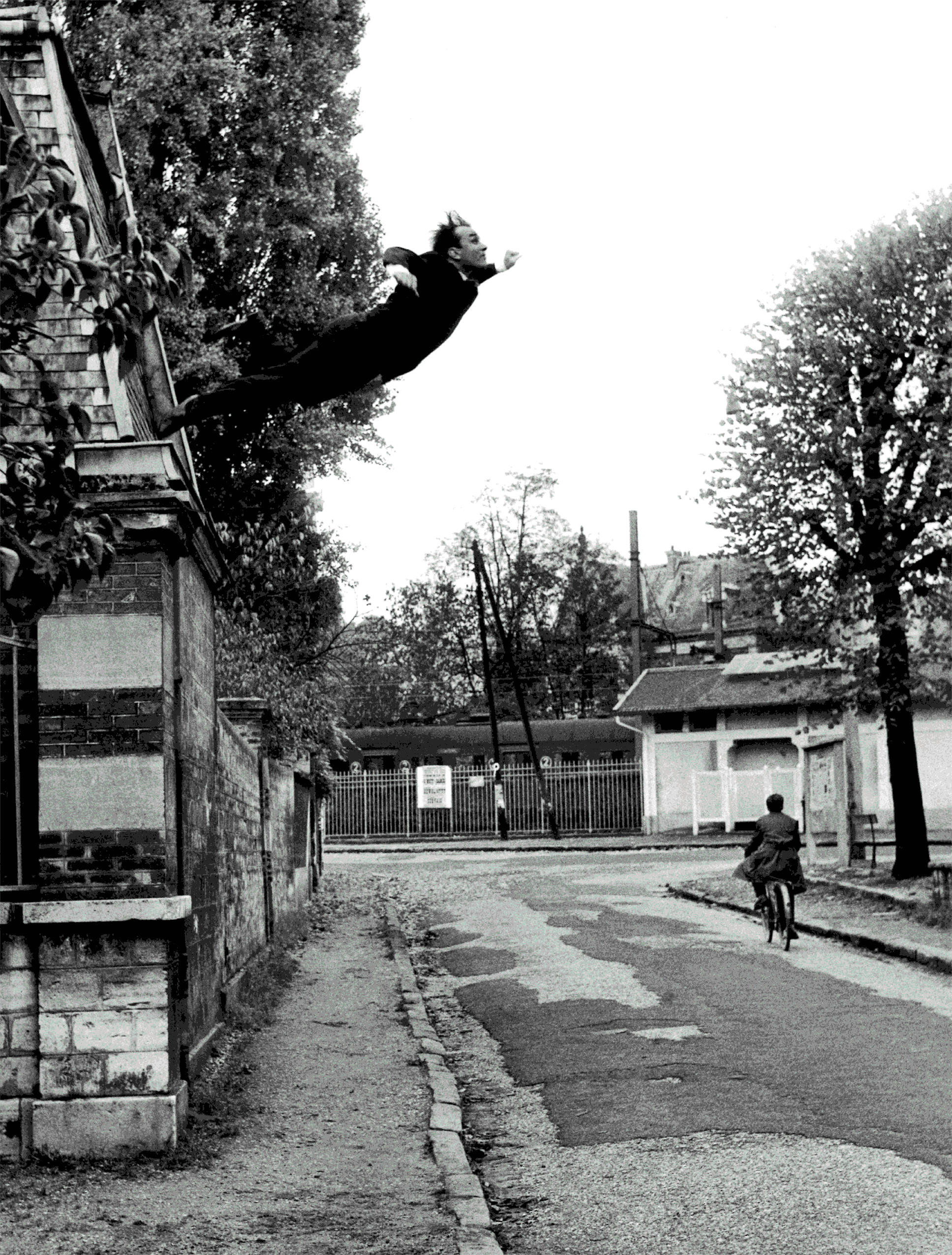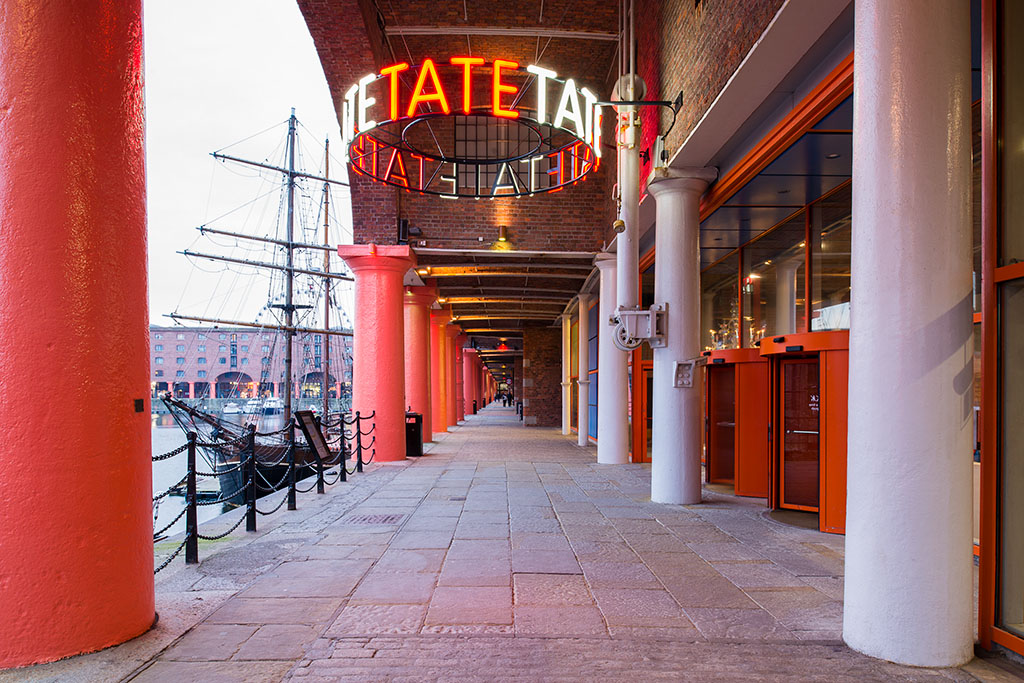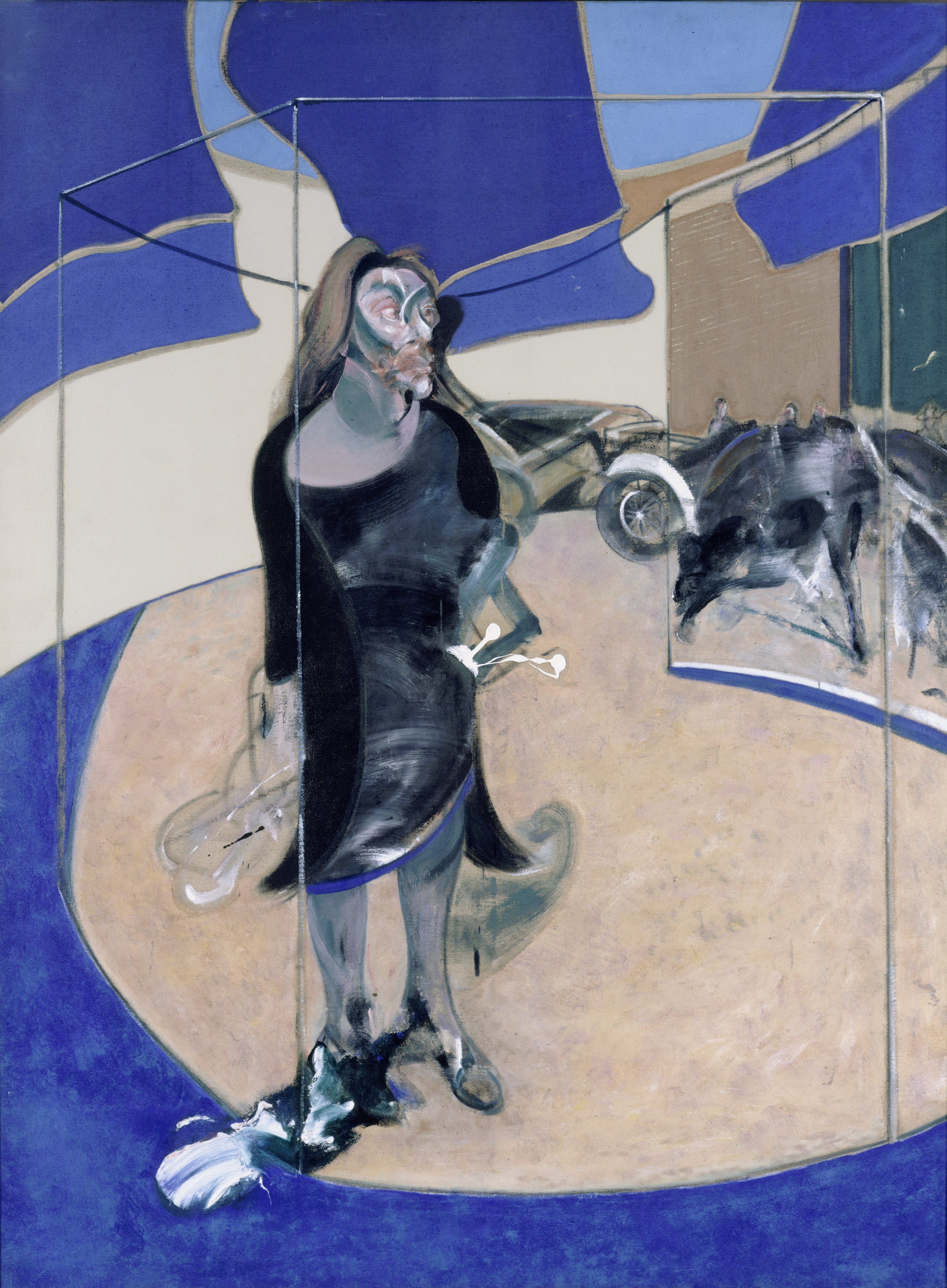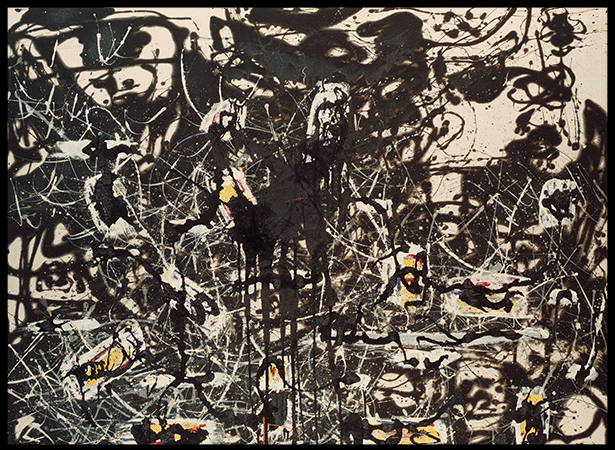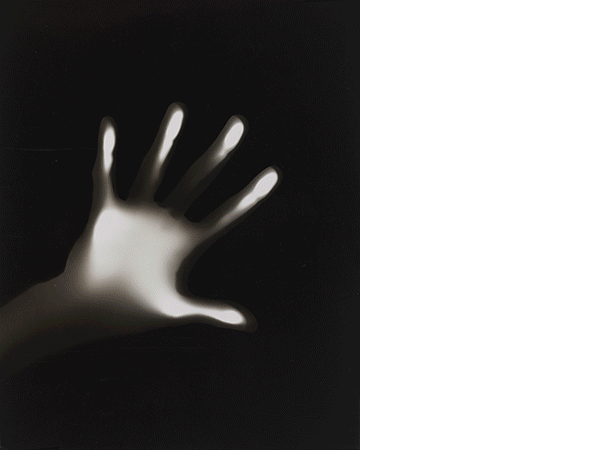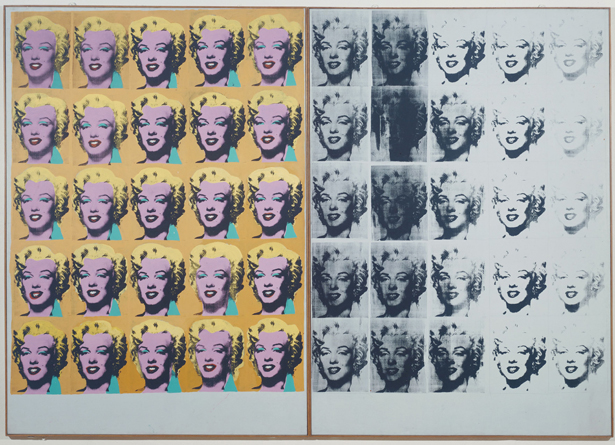Dazzle Ship
Canning Graving Dock
Near Tate Liverpool
Albert Dock
Liverpool, L3 4BB
www.tate.org.uk/liverpool
www.biennial.com
Using the pilot ship Edmund Gardner as his canvas, Venezuelan artist Carlos Cruz-Diez has responded to the practice of dazzle painting in a new work co-commissioned by 14-18 NOW WW1 Centenary Art Commissions, Liverpool Biennial and Tate Liverpool, in association with Merseyside Maritime Museum.
Induction Chromatique à Double Fréquence pour l’Edmund Gardner Ship / Liverpool. Paris, 2014 takes as its starting point a style of optical distortion used extensively during the First World War, called dazzle painting. Devised by British artist Norman Wilkinson and supervised by vorticist artist Edward Wadsworth, the camouflage technique incorporated bold shapes and strong contrasts, with an aim to confuse rather than conceal.
The work of Carlos Cruz-Diez, who played a major role in developing what came to be known as kinetic-optic art from the 1950s to the present day, has altered our experience and understanding of colour. For this commission, which coincides with the 100th anniversary of the outbreak of the First World War, he has used techniques developed in his “Induction Chromatique” series. These works are closely related to ‘afterimage,’ an optical illusion that occurs—often in the form of a residual glow—when an image continues to appear even once the viewer has looked away.
This work brings dazzle painting back to Liverpool, where much of the dazzle painting on ships was undertaken in dry docks, such as Canning Graving, during 1917 and 1918. Not in operation when dazzle painting was originally developed, the pilot ship Edmund Gardner was built in 1953, and was a base at sea for pilots who guided shipping safely in and out of Liverpool’s docks.
The design created by Carlos Cruz-Diez will be realised by a team from world famous shipyard and engineering services company, the Birkenhead-based Cammell Laird. CEO John Syvret said: “Cammell Laird is steeped in naval history and played a key role in the First World War. We feel honoured to help commemorate the occasion by ‘dazzling’ the Edmund Gardner.” The ship will be returned to its original pilot livery by the end of 2015.
Dazzle Ship is part of Monuments from the Future: a new commissioning initiative between Liverpool Biennial and Tate Liverpool which invites artists and architects to bring large-scale imaginary monuments from the future into the present. This project will slowly turn Liverpool into a sci-fi sculpture park, making use of Liverpool’s industrial archaeology to celebrate its possible new futures.
Dazzle Ship is presented in parallel with Tate Liverpool’s Abstraction into the world season, which interrogates architecture, the urban environment and nature. Featuring Piet Mondrian and Nasreen Mohamedi and including works by Carlos Cruz-Diez and Edward Wadsworth, summer at Tate Liverpool traces the connections between modernity and its ambition to bring abstraction into the world.

